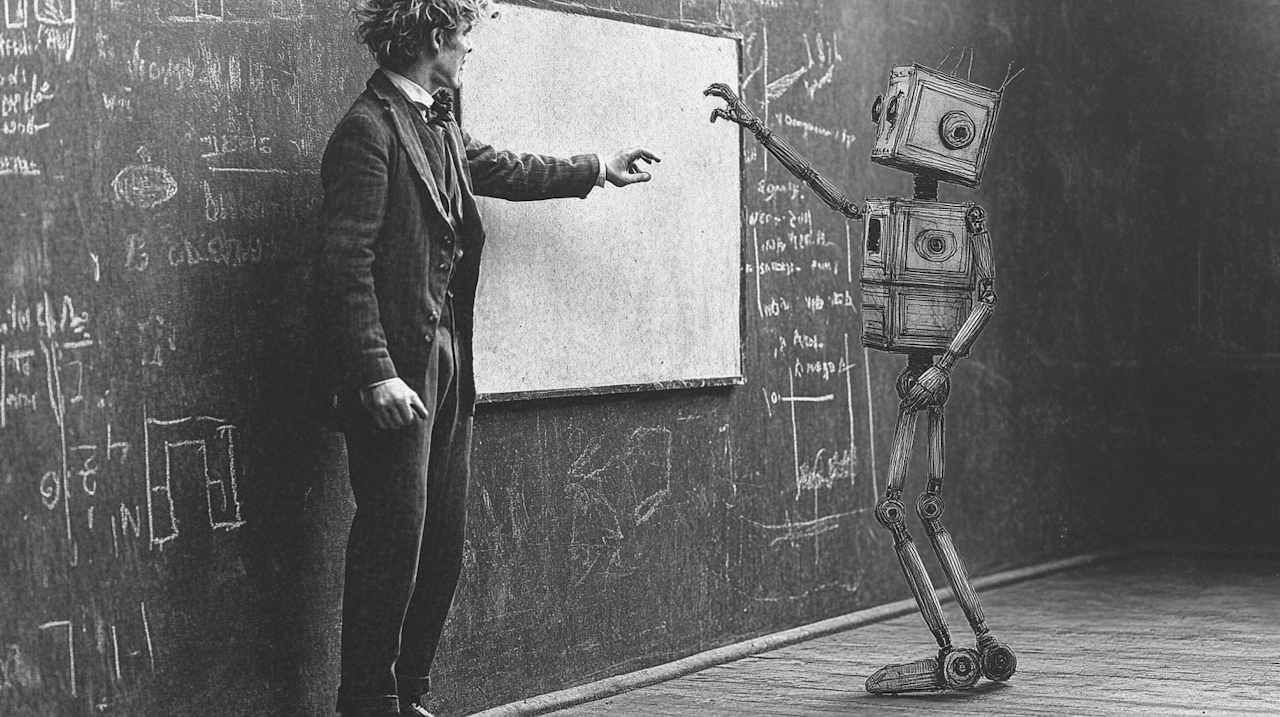In a scene that might rival the charm of a comedy of errors, our robotic helpers are learning to embrace their human side – and their humorous missteps. Emerging research demonstrates that even the most advanced automated systems can falter, yet a simple “nudging” technique is now paving the way for real-time error correction, adding an unexpected layer of sophistication to our modern marvels. This recent MIT research highlights the blend of technology with gentle human intervention.
Robotic errors have, until recently, left many engineers and enthusiasts scratching their heads. However, a breakthrough approach illustrates how subtle human input can redirect these mistakes, striking a balance between intricate programming and relatable human oversight. The results of this method are not only technically ingenious but also practically transformative for the broader world of robotics innovation.
Background & Trends: A Step Back to Leap Forward
Historically, correcting a robot’s error required laborious reprogramming and often extensive downtime. Over the years, the evolution of robotics technology has seen several attempts to streamline these corrections, yet a persistent gap existed between precise automation and the unpredictable nuances of real-world environments. The innovative “nudging approach” now represents a pivotal shift towards more intuitive, user-friendly error management.
This technique allows for subtle adjustments in robotic behaviour, bypassing the need for elaborate re-coding. It has garnered attention not just from academic circles but also amongst design engineers and industry professionals, whose discussions on these community platforms amplify excitement over its practical benefits. The collaborative spirit evident in these discussions underscores the promise of enhanced human-machine interaction.
Key Players & Innovations: Pioneering a Collaborative Future
At the forefront of this trend is the groundbreaking work by researchers at MIT. Their pioneering interactive system exemplifies how a keen understanding of both robotic errors and human intervention can create a seamless synergy between man and machine. The design is accessible even to those with minimal technical expertise, ensuring that real-time correction is a widely achievable innovation.
Collaboration is central in driving forward this technology. Along with MIT’s contributions, several institutions and companies are developing similar projects that integrate automated system correction with live human input. Broader industry trends further validate these efforts, as noted in discussions on industry insights. This collective momentum not only promises increased technical efficiency but also enriches everyday applications in both domestic and industrial robotics.
Implications on Future Robotics: Bridging the Gap Between Man and Machine
The nudging technique opens an exciting new chapter for enhanced human-machine interaction. With the ability for non-expert users to gently guide robots back on track, the boundaries between automated precision and human intuition begin to blur. This development may soon pave the way for more reliable, efficient, and responsive robotic helpers in settings ranging from smart homes to advanced manufacturing lines.
As collaborative efforts continue to evolve, the potential for future innovation in robotics remains vast. Although the benefits are significant, this approach also invites important ethical and practical debates regarding the balance of automation with human oversight. Ongoing research and innovative projects, as summarised in framework summaries, ensure that the journey ahead is one of continuous learning and adaptation.
A Concluding Remark: Change is on the (Robotic) Horizon
In a crescendo of technological evolution, robotic helpers are discovering that even perfection may occasionally need a well-timed nudge. The marriage of human insight with innovative error correction methods is carving a path for smarter, more resilient automated systems. While this breakthrough challenges traditional notions of flawless machine operation, it also emphasises the importance of human ingenuity in guiding technological progress.
As we advance towards a future where real-time robot correction becomes the norm, these innovations will continue to inspire discussions among technology enthusiasts and industry professionals alike. Stay informed and engaged as this fascinating intersection of AI and robotics unfolds in 2025 and beyond.
In Other News…
Japan’s AI Data Centre Initiative SoftBank and OpenAI are transforming a former LCD plant in Osaka into one of Japan’s largest AI data centres—set to launch in 2026—to commercialise advanced AI agent models. reuters.com
Alibaba’s Upgraded AI Assistant Alibaba has unveiled an enhanced version of its Quark AI assistant with advanced reasoning capabilities, hinting at future integration into Apple devices in China. barrons.com
Robots’ Time-Telling Flaw Researchers at Edinburgh University discovered that current AI systems struggle to accurately interpret wall clocks—a basic human skill—highlighting an unexpected shortfall in image processing. thescottishsun.co.uk
Black Mirror Season 7 Teaser The latest trailer for “Black Mirror” promises a mind‐expanding, dystopian journey where a novel AI device uploads human consciousness—featuring stars like Issa Rae and Awkwafina. people.com


